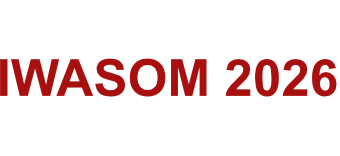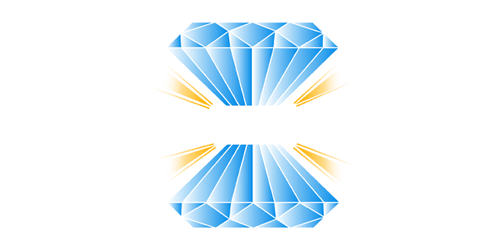The duration of Invited Lectures is 25 min., including 5 min. discussion.
- Michele Back, Department of Molecular Sciences and Nanosystems, Ca’ Foscari University of Venice, Italy
- Karol Bartosiewicz, Institute of Physics, Czech Republic
- Luisa Bausa, Condensed Matter Physics Center, Autonomous University of Madrid, Spain
- Artur Bednarkiewicz, Institute of Low Temperature and Structure Research, Polish Academy of Sciences, Poland
- Mikhail Brik, Faculty of Science and Technology, Institute of Physics, University of Tartu, Estonia
- Maksym Buryi, Institute of Plasma Physics of the Czech Academy of Sciences, Czech Republic
- Albano Carneiro Neto, Department of Molecular Theory and Spectroscopy, Max-Planck Institut für Kohlenforschung, Germany
-
Przemysław Dereń, Institute of Low Temperatures and Structural Research, Polish Academy of Sciences, Poland
- Winicjusz Drozdowski, Institute of Physics, Nicolaus Copernicus University, Poland
- Takahiko Horial, Core Electronics Technology Research Institute, National Institute of Advanced Industrial Science and Technology, Japan
- Daniel Jaque, Departamento de Física de Materiales, Universidad Autónoma de Madrid, Spain
- Jonas Joos, LumiLab, Department of Solid State Sciences, Ghent University, Belgium
- Agata Kamińska, Cardinal Wyszynski University in Warsaw, Poland
- Ru-Shi Liu, Department of Chemistry, National Taiwan University, Taiwan
- Łukasz Marciniak, Institute of Low Temperatures and Structural Research, Polish Academy of Sciences, Poland
- Marcin Nyk, Wroclaw University of Science and Technology, Poland
- Dengfeng Peng, Shenzhen University, China
- Marcin Runowski, Faculty of Chemistry, Adam Mickiewicz University, Poland
- Markus Suta, Inorganic Photoactive Materials, University of Düsseldorf, Germany
- David Van der Heggen, LumiLab, Department of Solid State Sciences, Ghent University, Belgium
- Chao-Nan Xu, Tohoku University, Japan
- Justyna Zeler, Faculty of Chemistry, University of Wroclaw, Poland
- Yaroslav Zhydachevskyy, Institute of Physics, Polish Academy of Sciences, Poland



